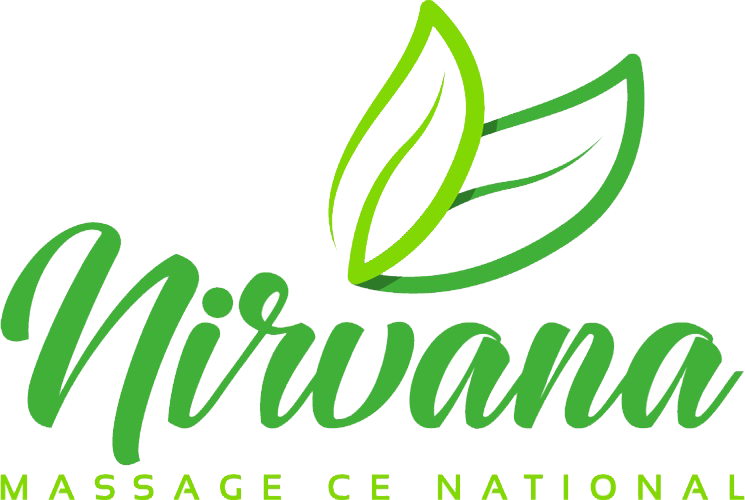Product Description
This 8 CEU Infant Massage home study course is a great resource for all massage therapists. It reveals the many benefits of massage for babies and outlines basic infant massage using techniques you already know. It also outlines positioning for massaging babies of all ages. There is an emphasis on contraindications for infant massage as well.
Course Outline:
Course Outline:
- Chapter One: History of Infant Massage
- Chapter Two: Benefits of Infant Massage
- Chapter Three: Benefits of Massage for Infants with Health Issues
- Chapter Four: Getting Ready
- Chapter Five: The Massage
- Chapter Six: Naptime
- Chapter Seven: Gentle Movement
- Chapter Eight: Massage Adjustments for Minor Illnesses/Colic
- Chapter Nine: Massage and Premature Babies
- Chapter Ten: Massage for Older Babies and Toddlers
- Chapter Eleven: Contraindications to Infant Massage
- Chapter Twelve: The Five-Minute Massage
- Chapter Thirteen: Massage Adjustments for High Needs Babies
- Chapter Fourteen: Additional Techniques
Product Videos
Custom Field
8 CEUs 8 CREDIT HRS (8 CEUs)



